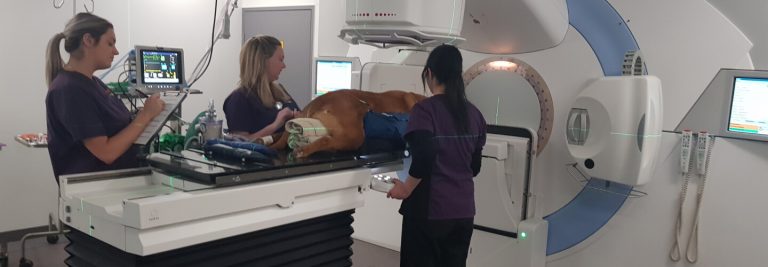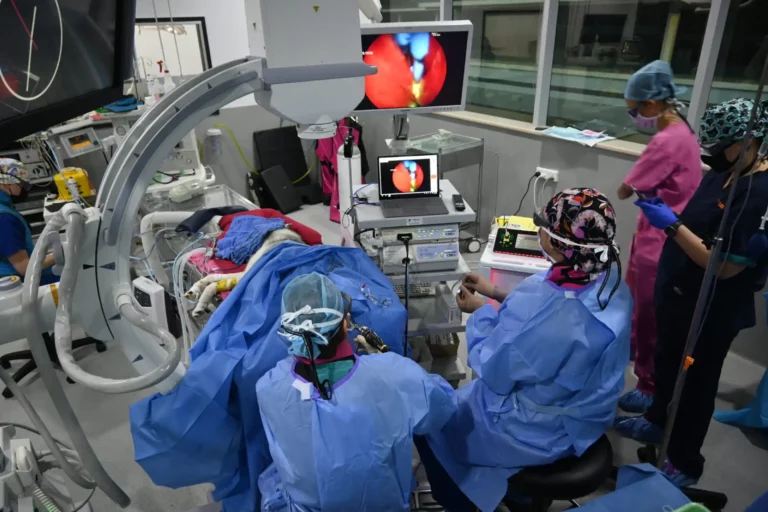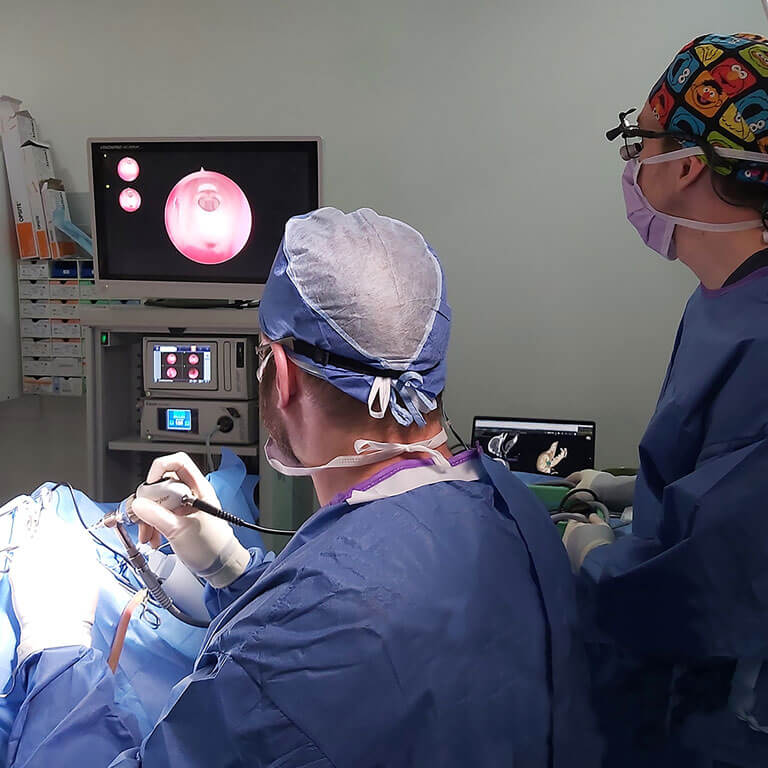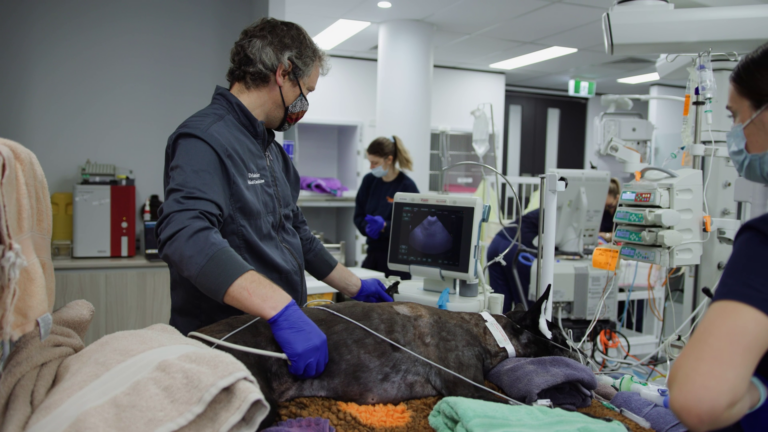Cat ear infections that keep coming back
Ear infections that keep coming back, or recurrent ear infections, can be a painful and uncomfortable for your cat, and distressing and frustrating for owners and vets. With repeated infections, some cats may develop a phobia of treatment and medication administration, making it even harder to manage the condition.
After managing your cat’s recurrent ear infections for a long time, your vet may refer you to one of our specialist Surgeons at SASH. Before surgery, it is common to consult with one of SASH’s specialist Dermatologists, who will advise on any medical options before considering surgery. Whilst SASH Surgeons love and specialise in the field of surgery, they also want to make sure that other options are also explored, considering the best interest of the patient.
Cats have an external ear, a middle ear, and an inner ear. The external ear is the cartilaginous ear canal, which is the section that you are usually treating with ear infections. The middle ear is a round hollow ball made of bone, lined with skin-like cells. The inner ear consists of small bony structures, which are important for balance.
Symptoms of severe ear infections in cats
Severe or long-standing ear infections can spread to the middle ear, which can cause a head tilt, and possible balancing problems. If the inner ear is affected, significant balance issues and persistent circling (where the cat continues to walk in circles) may be seen.
What is a middle ear inflammatory polyp in cats?
Some cats may develop a polyp in their middle ear as a result of inflammation, which subsequently can cause repeated infections. This polyp causes discomfort, and should be removed, either by grasping and removing it under anaesthesia, or surgically.
The surgery is called a ventral bulla osteotomy (VBO). Prior to surgery, a CT scan is usually recommended to assess both ears, as it is common for both middle ears to be affected, although only one has clinical signs. It allows us to determine the extent of the disease and to plan appropriate surgery
What is VBO ear surgery for cats?
VBO surgery involves entering the middle ear from the bottom, burring a hole through the bone, and removing the skin cells lining the middle ear. In cats, there is a bony shelf separating the middle ear into 2 compartments – this shelf is also removed. The polyp is then removed.
Generally, a swab of the ear is collected at the time of surgery to check what types of bacteria are present. It is not uncommon to have cats whose ear infection has cleared, but the polyp remains and causes problems.
Caring for a cat after VBO ear surgery
Up to 80% of cats will have some degree of Horner’s syndrome, which develops due to damage to the nerves in the middle ear. Horner’s syndrome consists of; a droopy upper eyelid, a smaller pupil, a sunken eye, and protrusion or raising of the third eyelid. Fortunately, this will resolve with time. As a precaution, we recommend that cats have lubricating eye ointment applied every 6-8 hours until the signs resolve.
Your cat will be discharged with some anti-inflammatory medication and/or painkillers, and oral antibiotics for the ear infection. Your cat will need to be kept indoors, and reasonably confined. In addition, we also recommend that your cat keep an Elizabethan collar (cat cone) on for 2 weeks, to ensure that the wound is not scratched.
Potential VBO surgery risks for cats
As with all surgery, there is a risk of infection, wound breakdown, and very rarely, anaesthetic problems. Anaesthetic related complications are reduced with SASH’s team of in-house Anaesthetists that work closely together with the specialist Surgery team.
It is also theoretically possible that your cat may develop a new inflammatory polyp that requires another surgery, although this is a very rare occurrence.
Horner’s syndrome is a reasonably common post-operative sign. In very rare cases, Horner’s syndrome in cats does not resolve. This is thankfully not life-threatening, nor does it affect quality of life; but as a precaution we recommend that these cats continue eye lubrication for life. Specific risks and complications will be discussed with you at the time of consultation.




